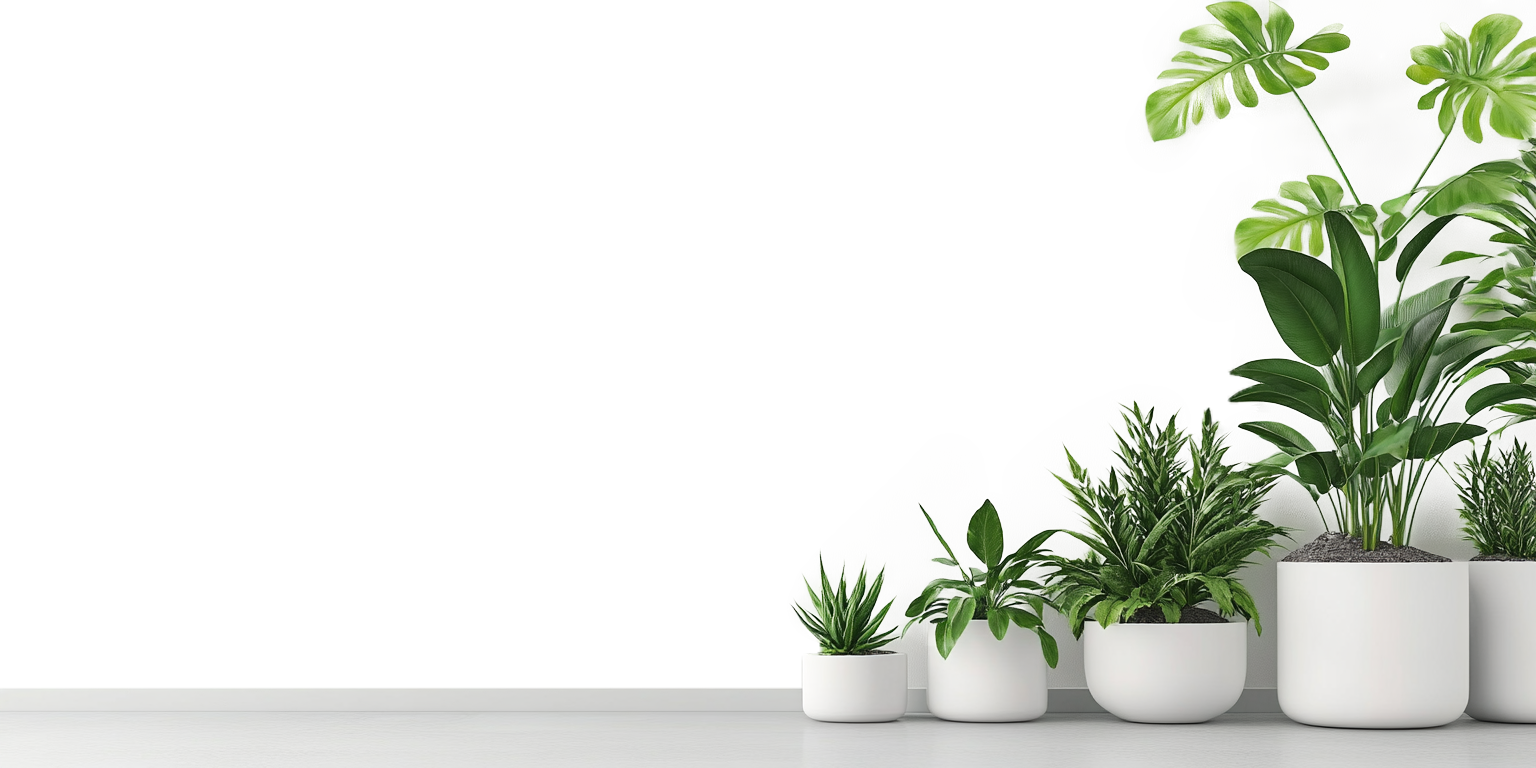From Paris to Marine Drive: How Mumbai Became an Art Deco Capital
August 3, 2024

Exploring Mumbai’s Timeless Affection for Art Deco
Mumbai, a city renowned for its diversity and dynamic urban fabric, boasts an impressive collection of Art Deco buildings. This architectural style, which originated in 1920s France, quickly found its way across the globe, with cities like New York, Miami, and Paris embracing its bold lines and geometric patterns. But one might wonder: why did Mumbai, a city rich in colonial Gothic and Indo-Saracenic architecture, embrace Art Deco? The answer lies in a confluence of historical, cultural, and economic factors that made Art Deco the perfect fit for a rapidly modernizing metropolis.
The Emergence of Art Deco in Mumbai
Art Deco arrived in Mumbai at a time of significant transformation. The early 20th century saw the city expand rapidly, driven by industrial growth, an influx of migrants, and increasing global connections. Mumbai was becoming a modern city, and its emerging elite were keen to reflect this newfound modernity in the city’s architecture. As Mumbai grew in status as the commercial capital of British India, its citizens sought a way to project progressiveness, cosmopolitanism, and sophistication.
One of the key turning points for Art Deco’s rise in the city was the Backbay Reclamation Scheme. This large-scale urban project created new land along the western coast of Mumbai, particularly in areas like Marine Drive and Churchgate. The newly reclaimed land provided a blank slate for architects and developers to experiment with contemporary styles, and Art Deco was the perfect expression of this forward-looking vision.
Cultural Factors: The Appeal of Modernity
In the 1930s and 1940s, Art Deco’s sleek, modernist aesthetic resonated with Mumbai’s growing middle and upper classes. These families, many of whom were wealthy merchants and professionals, had connections with the West and were eager to display their progressive outlook. Art Deco, with its emphasis on modernity, technology, and luxury, fit their aspirations perfectly. It was not just about functionality, but also a statement of sophistication and a desire to align with global trends.
The Role of Cinema
An important driver of Art Deco’s popularity in Mumbai was the flourishing film industry. During the 1930s, cinema became a dominant cultural force in the city, and many of the new theaters were designed in the Art Deco style. Iconic cinemas like Eros Cinema, designed by Sohrab Kaikushro Bhedwar, and Regal Cinema, opened in 1933, became symbols of the city’s burgeoning movie culture. These theaters were not just entertainment venues but cultural landmarks that helped solidify Art Deco’s association with glamour and modernity in Mumbai.
Architects Who Shaped Mumbai’s Art Deco
Several Indian architects played a pivotal role in bringing Art Deco to life in Mumbai. These architects, many of whom had trained in the West, combined the international Art Deco style with local Indian motifs, giving the city’s buildings a unique character.
- Sohrab Kaikushro Bhedwar: Known for designing the iconic Eros Cinema (1938) in Churchgate, Bhedwar was a key figure in Mumbai’s Art Deco movement. He also designed residential buildings such as Green Fields and Queen’s Court.
- Jehangir Phiroshaw Vazifdar: Another prominent architect, Vazifdar’s works include Somerset Place in Cumbala Hill and Bharatiya Vidya Bhavan in Girgaon. His designs often blended Art Deco’s streamlined aesthetics with more ornate, Indian-inspired details.
- Abdulhussein Meherali Thariani: Thariani’s work spans various parts of Mumbai, from Karim Building on Mohammed Ali Road to Rawji Sojpal Building in Dadar. His designs, particularly Cambridge Court in Cumbala Hill, showcase his mastery of integrating Deco elements with Mumbai’s urban fabric.
- Dattatray Raghunath Chowdhari: Known for designing the Bank of India building in Fort, Chowdhari’s work reflects the adaptability of Art Deco for both residential and commercial structures.
- P.C. Dastur: Dastur is known for designing three identical buildings along Marine Drive—Keval Mahal, Kapur Mahal, and Zaver Mahal. These buildings epitomize the clean lines and functional elegance that defined Art Deco architecture in Mumbai.
Tropical Deco: Adaptation to Climate
While Mumbai’s Art Deco architecture was heavily influenced by Western designs, it also adapted to the local environment, giving rise to what has been termed Tropical Deco. Architects incorporated features like large windows, open balconies, and curved facades to allow for natural ventilation—an essential element in the city’s hot and humid climate. This practical yet stylish adaptation made Mumbai’s Art Deco buildings not only aesthetically pleasing but also functional for the city’s tropical environment.
Art Deco’s Legacy in Mumbai
Mumbai’s Art Deco buildings have stood the test of time, and today the city is home to one of the world’s largest collections of Art Deco architecture, second only to Miami. The significance of this architectural heritage was recognized globally when UNESCO included Mumbai’s Art Deco buildings, along with its Victorian Gothic structures, in its list of World Heritage Sites in 2018. This recognition underscores the international importance of preserving and promoting Mumbai’s Deco legacy.
Top 5 Must-See Art Deco Landmarks in Mumbai
- Marine Drive: A defining feature of Mumbai’s coastline, Marine Drive is lined with Art Deco residential buildings that offer sweeping views of the Arabian Sea. At night, the streetlights along the promenade give the area its famous nickname, the “Queen’s Necklace.”
- Eros Cinema: Located in Churchgate, this cinema is a cultural landmark, embodying the glamour and allure of Art Deco design.
- Regal Cinema: One of the first Art Deco buildings in Mumbai, Regal Cinema remains a popular venue and a stunning example of the style’s early introduction to the city.
- New India Assurance Building: This 1930s office building in Fort reflects the versatility of Art Deco for commercial purposes, with its striking geometric form and elegant details.
- Oval Maidan: The stretch along Oval Maidan presents a striking juxtaposition between the Gothic Revival buildings on one side and the Art Deco structures on the other, showcasing Mumbai’s architectural diversity.

Why Art Deco Became Mumbai’s Signature Style
Art Deco found its home in Mumbai because it represented the city’s aspirations toward modernity, cosmopolitanism, and progress. The style’s adaptability, both in terms of aesthetics and functionality, made it the perfect fit for a city on the rise. Mumbai’s Art Deco buildings are not just relics of the past; they are living symbols of a city that embraced modernity while staying rooted in its cultural identity. Today, these buildings continue to define Mumbai’s skyline and serve as a reminder of the city’s unique architectural legacy.
Galliard Studio Staff
Founded with the belief that homes should be personal, livable, and elegant, Galliard Studio is an interior design firm specializing in Scandinavian and modern minimalism. Based in India, we’re committed to bringing you stunning yet affordable homes that reflect your taste and lifestyle. Our team of designers and craftsmen ensure that every project is executed with precision, attention to detail, and a commitment to your vision.

About | Privacy Policies | Galliard Games | Townside
